Tantalum is a ductile metal. Tantalum has excellent corrosion resistance to most chemicals except hydrofluoric acid. Tantalum metal has a melting point exceeded only by tungsten & rhenium. The melting point of tantalum is approximately 3017 degrees Celsius. Tantalum’s main end uses are in capacitors, vacuum furnaces, chemical process equipment, nuclear reactors, and aircraft parts.
Advanced Refractory Metals is a leading supplier of tantalum products. We offer low pricing and great lead times on all our materials, and we’re capable of supplying custom materials per any specs/drawings you provide us with.
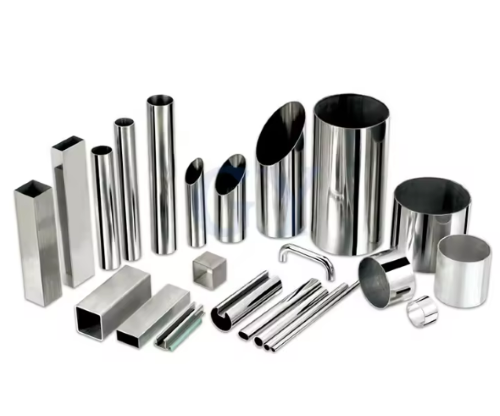
Introduction Refractory metals stand out for their exceptional qualities, including remarkable resistance to heat, wear, and corrosion. These characteristics make refractory metal tubing an invaluable component in various high-temperature, high-stress environments. This article discusses the types of refractory metal tubing, and their applications. Hope that you can learn about their features and demand. Understanding Refractory […]
Tags: melting point, molybdenum tubing, Refractory Metal, Refractory Metal Tubing, tungsten tubing

How Are High-Temperature Metals and Alloys Used? What Are High-Temperature Metals and Alloys? High-temperature metals and alloys are specialized materials designed to maintain their strength, structural integrity, and resistance under extreme heat, often exceeding 2000°C (3632°F). These materials are crucial for use in environments where traditional metals would fail. They come with exceptional mechanical properties, […]
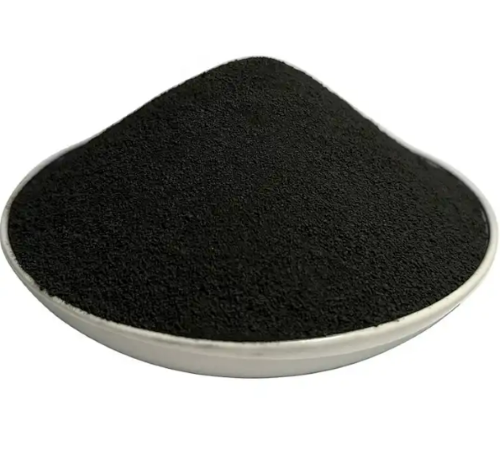
Introduction Tantalum Hafnium Carbide (Ta4HfC5) stands as an exceptional material. It demonstrates unparalleled resilience in the face of extreme conditions. These extraordinary properties have made it essential across diverse industries. These features range from defying extreme temperatures with a remarkable melting point to exhibiting remarkable resistance. This article is going to explore how Ta4HfC5 transcends […]
Tags: Extreme Conditions, High Temperature Environments, Resilience, Tantalum Hafnium Carbide

Introduction: Heat-resistant materials are crucial components across multiple industries. They are designed to withstand elevated temperatures without compromising their structural integrity or functionality. These materials encompass a diverse range, from metals and ceramics to composites and polymers. Each of them offers unique properties suitable for extreme thermal environments. Let’s delve into an exploration of some […]
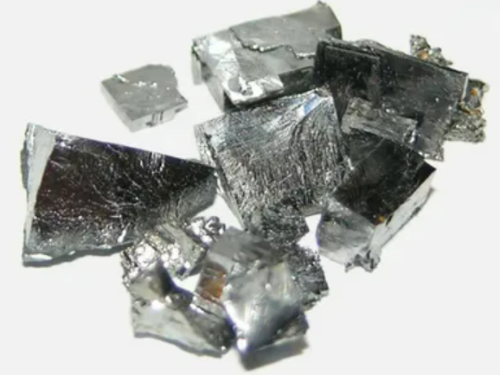
Introduction In the world of medical procedures, tantalum markers enhance precision and stability, particularly in spinal fusion devices and implantation procedures. This article is going to discuss the dual forms of tantalum markers–the needle for spinal fusion and the beads for radiographic guidance. Hope that you can have a better understanding of their versatile designs […]
Tags: Medical Procedures, Radiostereometric Analysis (RSA), Tantalum Beads, Tantalum Markers, Tantalum Needles
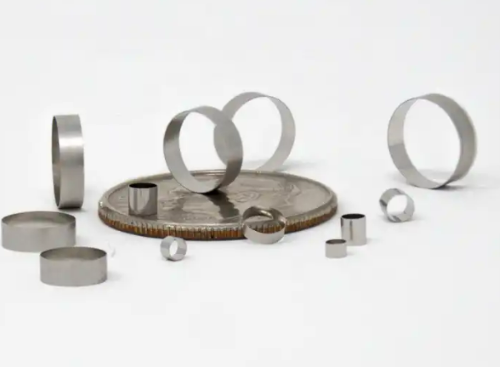
Introduction Tantalum marker bands play a crucial role in various applications where precision and durability are of utmost importance, especially in medical and industrial settings. These small, cylindrical components are made from tantalum, a metal known for its corrosion resistance, biocompatibility, and radiopacity. In this article, we will explore the diverse applications of tantalum marker […]
Tags: Electronic, Industrial, Medical, Tantalum Marker Bands

Introduction As a resilient and corrosion-resistant material, Tantalum Wire Mesh plays a pivotal role in the field of cathodic protection, particularly in conjunction with mixed metal oxide and platinized tantalum anodes. This dynamic trio combines forces to shield critical infrastructure and assets from the relentless forces of corrosion. In this article, we delve into how […]
Tags: Cathodic Protection, Mixed Metal Oxide Anodes, Tantalum Wire Mesh
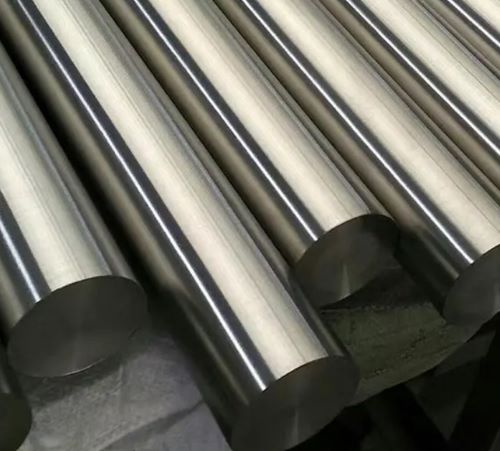
Introduction In the relentless quest for materials that can endure extreme temperatures, tantalum emerges as a shining star. Known for its exceptional heat resistance, tantalum is not just a metal; it’s a super-metal that withstands the scorching heat of furnaces and high-temperature environments. This article embarks on a journey to explore tantalum’s remarkable heat-resistant properties, […]
Tags: Applications, Diverse Industries, High Temperature Environments, Metal, tantalum, The Most Heat Resistant Material

Introduction Tantalum-tungsten (Ta10W) powders have gained significant attention in various industries for their exceptional properties and versatile applications. These powders, composed of a tantalum and tungsten alloy, offer a unique combination of strength, high-temperature resistance, excellent corrosion resistance, and other desirable characteristics. In this article, we will explore their potential and their diverse range of […]
Tags: Aerospace, Biocompatibility, Chemical Applications, corrosion resistance, Defense, Electronics, Energy, Exceptional Strength, High-Temperature Resistance, Medical, Ta10W Powder
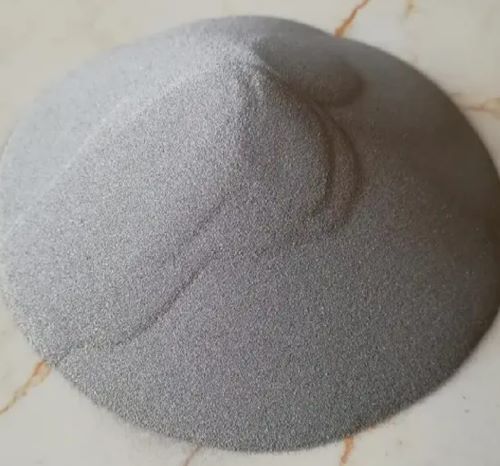
Introduction Tantalum is a versatile metal with exceptional properties that make it highly valuable in various industries. This article explores the benefits and diverse uses of spherical tantalum powder, providing a better understanding of how it enhances performance in different fields. What Is Spherical Tantalum Powder? Spherical tantalum powder is a specialized form of tantalum […]
Tags: Additive Manufacturing, Biomedical, Chemicals, Electronics, Energy, Flowability, Metallurgy, Spherical Tantalum Powder, Uniform Shape
Copyright © 1994-2024 Advanced Refractory Metals owned by Oceania International LLC, All Rights Reserved.